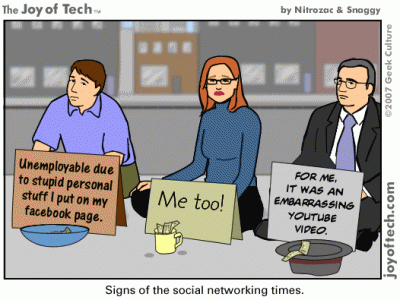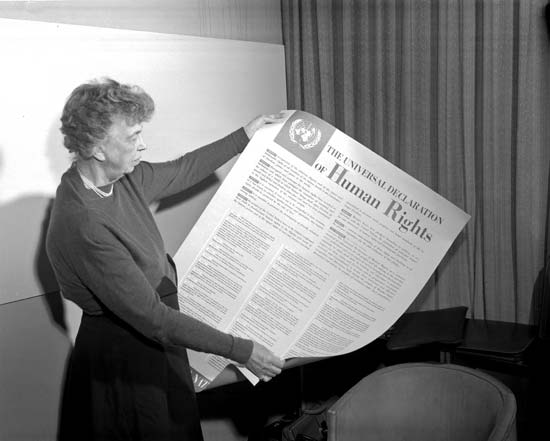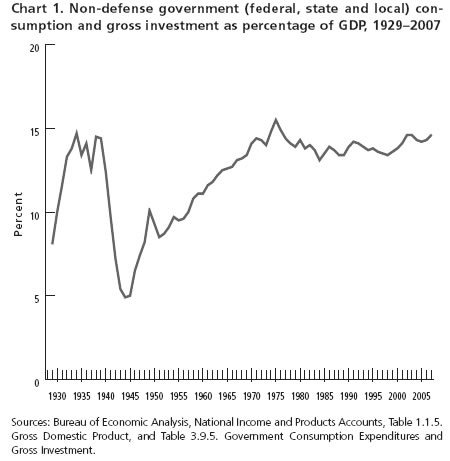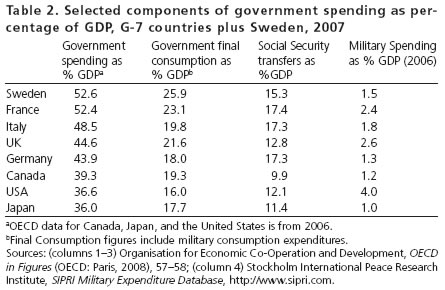Andrew DelBanco has a thought provoking article in the Chronicle of Higher Education about the possible renewal of the academic in public discourse as a result of the Obama election. He summarizes the arguments Richard Hofstadter lays out in Anti-Intellectualism in American Life to explain why Americans periodically reject “eggheads” in public discourse. But Just when you think he’s going to go into the traditional paean to the value of the academic, he doesn’t go out like that!
Rather than telling ourselves a back-and-forth tale of virtue versus vigilantism, academics concerned with the life of the mind generally, and the academic humanities in particular, might be better served by looking inward and asking what we can do to earn public trust.
Word!
We as academics need to engage in a broader discussion about how we should engage in public life before we proclaim our role as a birthright. There is nothing wrong with a society that is reflexively mis-trusting of anyone making truth claims. DelBanco rightly points out the inherent hypocrisy in much of the academy:
Academics certainly talk a lot about social justice, but how credible are we when, for instance, our wealthiest and most prestigious universities admit such a minuscule percentage of students (often fewer than 10 percent) from low-income families?
Our political culture is founded on a healthy skepticism of authority. Rather than resist this role for the public or see ourselves as “society’s teachers,” we should embrace it as a challenge.
I hope and demand for my students that they see me as the authority figure in the classroom with skepticism and mis-trust. They should be asking themselves “what am I getting out of this?” I don’t think my jog is to challenge this question, but rather I think my job is to broaden out what our students mean by the question. I want my students to reconsider the “what,” “I,” “getting,” and “this” part of that question.
I am particularly fond of this part of DelBanco’s article where he recounts a former student’s assessment of what he was taught in DelBanco’s courses:
“What you say about preparation for modern life and citizenship and all that is fine, but you miss the main point.” With some trepidation I asked what he meant. “What the core really taught me,” he replied, “is how to enjoy life.”
I think my public role is to help develop thinking, feeling human beings, and to be developed by the experience at the same time. I’m not sure that it happening all the time, but that’s the goal.



 Many of us post to Facebook, perhaps unaware of what can happen to that content and who has rights to it. All of this came to a head a few days ago, as Facebook’s new terms of service (TOS) came to light and were met with a range of reactions from
Many of us post to Facebook, perhaps unaware of what can happen to that content and who has rights to it. All of this came to a head a few days ago, as Facebook’s new terms of service (TOS) came to light and were met with a range of reactions from 
 You know he’s on to a hop topic because the comments section is 10 pages long! In the article, he lays out a distinction between the
You know he’s on to a hop topic because the comments section is 10 pages long! In the article, he lays out a distinction between the 


